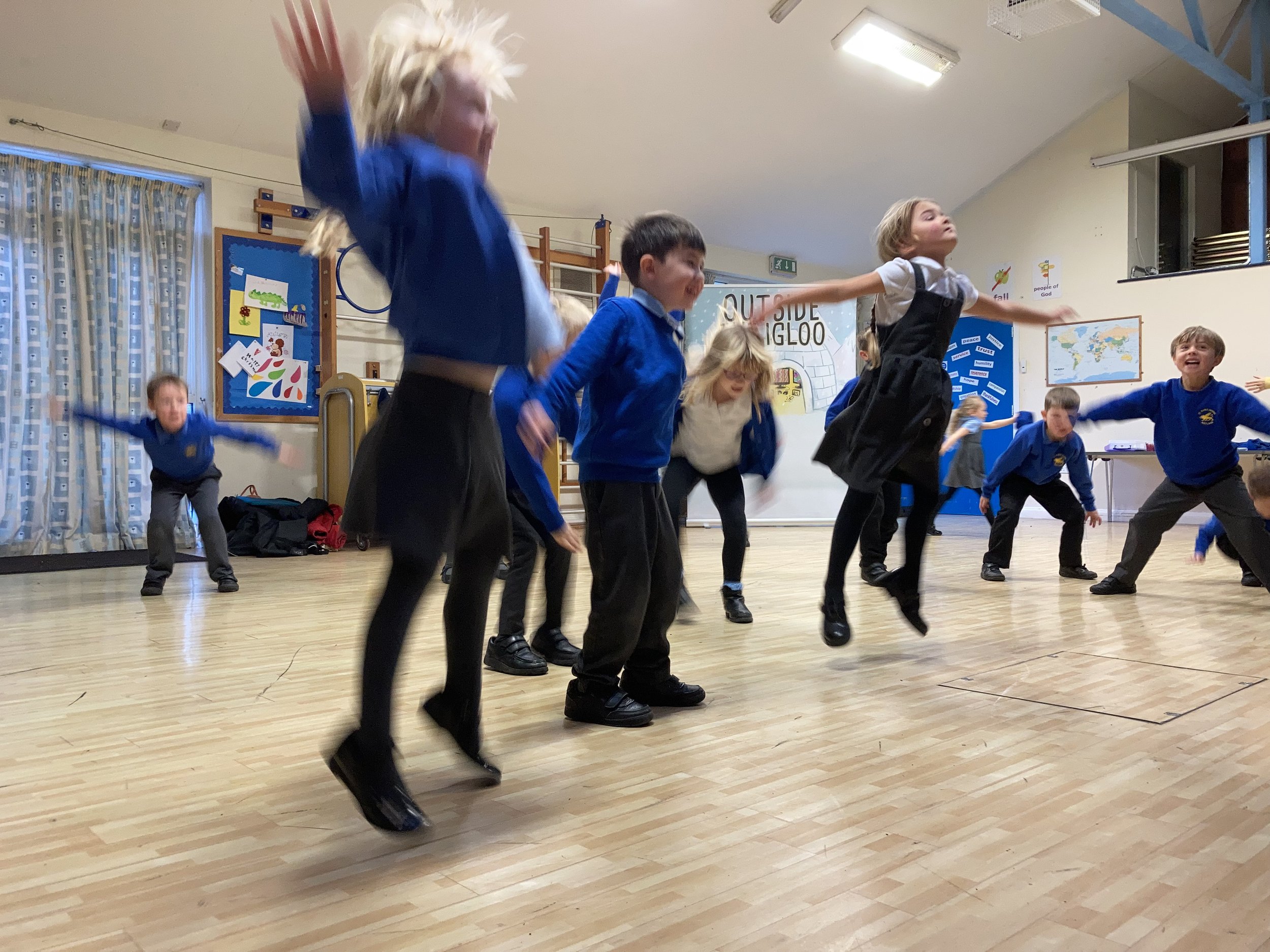Policies
Please note: Some policies are currently being updated/revised (2024-5)
-
-
-
-
-
-
-
-
-
-
-
Item descriptionRSE policy
-
-
-
-

